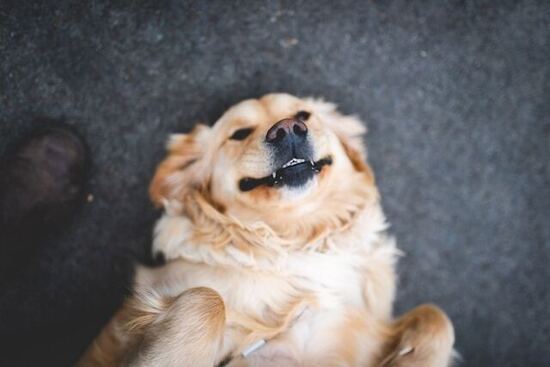ADVERTISEMENT

ADVERTISEMENT
Training your dog is an essential part of responsible pet ownership. Not only does it help ensure their safety and well-being, but it also strengthens the bond between you and your furry friend. Teaching your dog basic commands provides structure and clarity in their interactions with you and the world around them. Here are ten fundamental commands you can use to train your dog:
Sit:
“Sit” is one of the first and most basic commands to teach your dog. It’s an important foundation for other commands. To train your dog to sit, hold a treat above their head and slowly move it back towards their tail. As their head goes up to follow the treat, their bottom will naturally lower. As they sit, say “Sit” and reward them with the treat and praise. Practice this command regularly until they respond reliably.
Stay:
The “Stay” command is essential for keeping your dog safe in various situations. Begin with your dog in a sitting position, then hold your hand out, palm facing them, and say “Stay” while taking a step or two back. If they stay put, reward them with a treat and praise. Gradually increase the distance and duration of the stay over time.
Lie Down:
Teaching your dog to lie down is another valuable command for their obedience. Hold a treat close to their nose and lower it to the ground while saying “Lie Down.” As they follow the treat to the ground, they will lie down naturally. Reward them with the treat and praise when they do. Practice this command until they do it consistently.

Come:
The “Come” command is vital for recall, especially in potentially dangerous situations. Start with a leash attached to your dog and call their name followed by “Come” in an enthusiastic tone. Gently pull the leash if needed to guide them toward you. When they reach you, reward them with a treat and lots of praise. Gradually transition to off-leash recall once they respond reliably.
Heel:
Teaching your dog to walk calmly on a leash is essential for enjoyable walks. Begin with your dog on your left side and say “Heel” as you start walking. Hold the leash loosely but keep it short. If your dog pulls or gets ahead, stop walking and wait for them to come back to your side. Reward them with treats and praise when they walk nicely at your side.
ADVERTISEMENT
Leave It:
The “Leave It” command can prevent your dog from picking up or investigating something dangerous. Hold a treat in your closed hand and say “Leave It.” When they stop trying to get the treat, reward them with a different treat and praise. Practice this command with various objects to reinforce the behavior.
Drop It:
Dogs often pick up things they shouldn’t, and the “Drop It” command can help you retrieve items from their mouth safely. Offer a trade by showing them a treat and saying “Drop It.” When they release the item, reward them with the treat and retrieve the object. This command is especially useful for safety when your dog has something potentially harmful.

No:
“No” is a simple but crucial command that helps discourage unwanted behavior. Use a firm but not aggressive tone when saying “No.” Pair it with redirection or an alternative command to guide your dog toward appropriate behavior.
Quiet:
If your dog tends to bark excessively, the “Quiet” command can be a lifesaver. When your dog barks, say “Quiet” in a calm but assertive tone. When they stop barking, reward them with praise and treats. Consistency is key to teaching them when it’s appropriate to be quiet.
Stay Close:
This command is especially useful when walking your dog off-leash in a safe environment. Say “Stay Close” and encourage your dog to stay within a certain radius of you. Reward them when they maintain the desired distance. Practicing this command can help ensure your dog’s safety during off-leash activities.
ADVERTISEMENT
Remember that training your dog takes time, patience, and consistency. Always use positive reinforcement techniques, such as treats, praise, and play, to reward your dog for obeying commands. Keep training sessions short and enjoyable to maintain your dog’s interest and enthusiasm. Additionally, be patient and understanding, as every dog learns at their own pace. With consistent training and lots of love, your dog can become well-behaved and obedient.